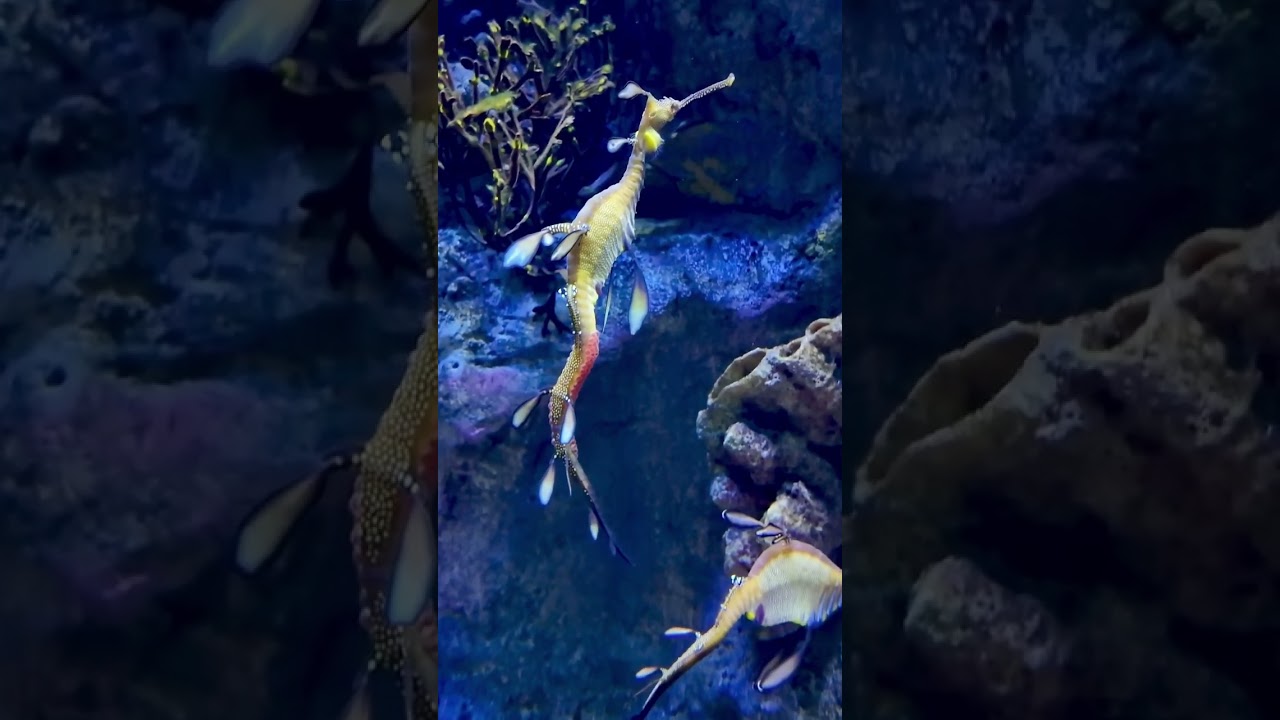– The biology and ecology of the seadragon
– Conservation status and the challenges seadragons face
– The role of zoos and aquariums in seadragon conservation
– Recent breakthroughs in seadragon research and breeding programs
– How individuals can contribute to the preservation of these intriguing species
Seadragons are among the most fascinating marine creatures in Australian waters, known for their elaborate, leaf-like appendages that provide camouflage among the seaweeds and kelps of their habitat. These ornate features serve a practical purpose in predator evasion and contribute to the mystique and allure surrounding these elusive species. Seadragons belong to the family Syngnathidae, which includes seahorses and pipefish, characterized by their elongated bodies and bony plates.
The conservation of seadragons presents a complex challenge, largely due to their specific habitat requirements and the threats posed by human activities such as pollution, habitat destruction, and the impacts of climate change. The degradation of coastal areas where seadragons dwell has led to a decline in population numbers, prompting conservationists and researchers to act to protect these marine animals from further harm.
Zoos and aquariums play a pivotal role in the conservation of seadragons. These institutions provide a refuge for vulnerable species and serve as research centers where scientists can study seadragon behavior, physiology, and reproductive biology. Through captive breeding programs, zoos and aquariums contribute to the genetic diversity of seadragon populations, offering hope for their long-term survival. Egg-citing seadragon news often emerges from these facilities, including successful breeding milestones or novel insights into seadragon care and welfare.
Recent breakthroughs in seadragon research and breeding have offered encouraging signs for the future of these species. Advances in understanding the specific environmental conditions seadragons require for breeding, including temperature, lighting, and diet, have improved the success rates of captive breeding programs. This research benefits the conservation of seadragons in the wild by reducing the need for wild-caught specimens and enhancing our understanding of the species.
Individuals can play a crucial role in seadragon conservation through responsible actions and advocacy. Supporting organizations and facilities that focus on marine conservation efforts can significantly impact. Likewise, advocating for policies that protect marine habitats and reduce pollution can help address some of the threats facing seadragons. Public education and awareness campaigns can also spread the word about the plight of seadragons and the importance of conserving marine biodiversity.
The survival of seadragons hinges on a collaborative effort that involves scientists, conservationists, public aquariums, and informed citizens. Through dedicated research, innovative conservation strategies, and public engagement, there is hope for the continued survival of these extraordinary marine creatures. Whether it concerns a breakthrough in breeding technology or a new conservation initiative, egg-citing seadragon news underscores the importance of ongoing commitment to preserving these species. Seadragons contribute to the ecological richness of their habitats and captivate the imagination of those who learn about them, serving as a powerful symbol for ocean conservation efforts worldwide.
*****
Source Description
For the second time in just over a year, we’re thrilled to announce another successful transfer of eggs from a female Weedy Seadragon to a male in the seadragon habitat in Seadragons & Seahorses!
Visit aquarium.ucsd.edu to learn more about Birch Aquarium at Scripps – UC San Diego.

